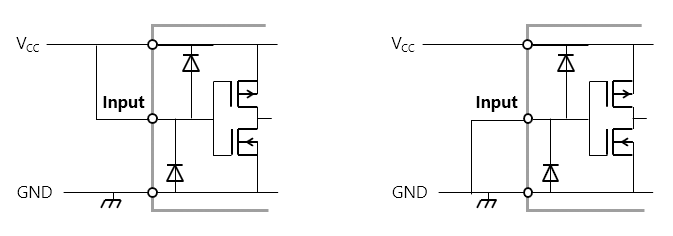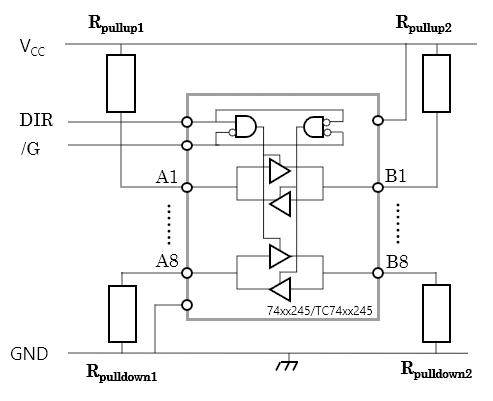- 半導體首頁
-
應用Automotive
Body Electronics
xEV
In-Vehicle Infotainment
Advanced Driver-Assistance Systems (ADAS)
Chassis
IndustrialInfrastructure
BEMS/HEMS
Factory Automation
Commercial Equipment
Consumer/PersonalIoT Equipment
Healthcare
Wearable Device
Mobile
Computer Peripherals
-
產品車用元件
Discrete Semiconductor
Diodes
電晶體
通用邏輯IC
Analog Devices
Digital Devices
Wireless Devices
※
: Products list (parametric search)
功率半導體※
: Products list (parametric search)
隔離器/固態繼電器Photocouplers
Digital Isolators
※
: Products list (parametric search)
MOSFETsIGBTs/IEGTs雙極性電晶體※
: Products list (parametric search)
Diodes※
: Products list (parametric search)
微控制器馬達驅動 ICs智能功率 ICs※
: Products list (parametric search)
電源管理 ICs線性 ICs※
: Products list (parametric search)
通用邏輯 ICs線性影像感測器其他產品其他產品
※
: Products list (parametric search)
-
開發/設計支援
開發 / 設計支援
-
技術知識
- 購買管道
- 型號 & 關鍵字搜尋
- 交叉搜尋
- 參數搜尋
- 線上庫存查詢跟購買
This webpage doesn't work with Internet Explorer. Please use the latest version of Google Chrome, Microsoft Edge, Mozilla Firefox or Safari.
型號需要超過三個文字以上 Search for multiple part numbers fromhere.
The information presented in this cross reference is based on TOSHIBA's selection criteria and should be treated as a suggestion only. Please carefully review the latest versions of all relevant information on the TOSHIBA products, including without limitation data sheets and validate all operating parameters of the TOSHIBA products to ensure that the suggested TOSHIBA products are truly compatible with your design and application.Please note that this cross reference is based on TOSHIBA's estimate of compatibility with other manufacturers' products, based on other manufacturers' published data, at the time the data was collected.TOSHIBA is not responsible for any incorrect or incomplete information. Information is subject to change at any time without notice.
型號需要超過三個文字以上
Is it possible to leave the unused inputs of the general purpose logic ICs open?
Generally, all unused inputs should be tied to either VCC or GND. (Fig. 1) The reason is that the input impedance of general-purpose logic ICs is extremely high, and if left open, an unintended value may be output due to the influence of the surrounding electric field. In addition, at the midpoint potential, through current flows and current consumption increases, and in some cases, it may lead to destruction of the element.

If the input pin does not have a bus hold function and there is no special description in the data sheet, take the above action.
However, for pins (bus pins, etc.) that have the potential to become outputs like bi-directional bus buffers such as the 245, connect both ends of the input/output to the power supply or GND via pull-up/pull-down resistors. (Fig. 2)
It is recommended that both ends of the buffer be pulled up or down to the same potential to avoid unnecessary current flow. However, leave the input pins with bushold, such as those of the ICs of the TC74VCXHxxx Series, open. Large inrush current due to parasitic capacitance (in the order of a few milliamperes) can be a problem even with typical general-purpose ICs when their power supply is on. In order to improve system reliability against device destruction and other failures, their inputs can be tied to VCC via a pull-up resistor or to GND via a pull-down resistor.

Related Links
The following documents also contain related information.




